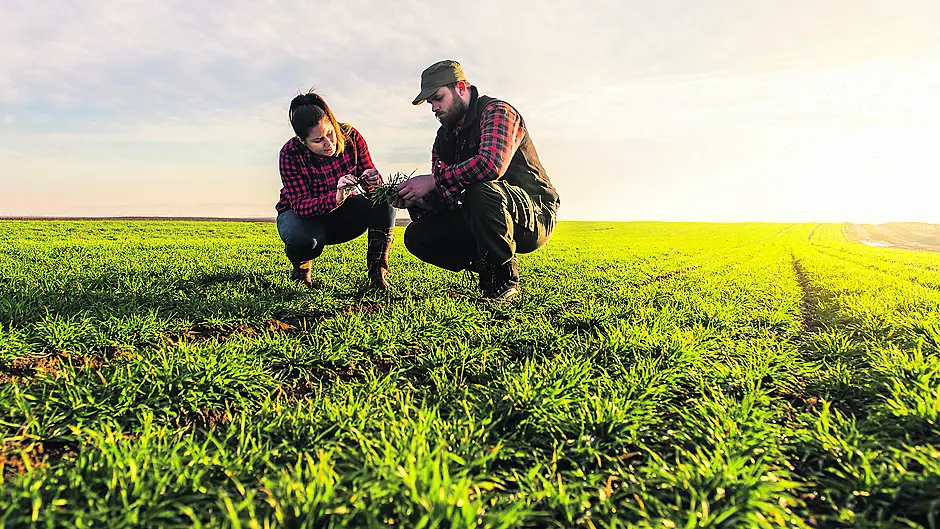By David Purcell
AUGUST is the key month to start building grass for late autumn grazing out in to December.
From now on, the daily grass growth rate will gradually reduce due to falling temperatures and shortening day length.
In essence what you need to do is to take advantage of the growth rates in August and early September to build the average cover of grass on the farm to 1,100 Kg DM/ha. This bank of grass will then be grazed out into mid-December depending on the nature of your farm.
Why do this? Because grass is the cheapest feed available for your animals and it has a lower carbon footprint that any other feed.
So the aim is to get as much grass in the diet of the cow for as long as possible into the end of the year.
It also has the added benefits that milk solids will be higher and consequently, milk price will be higher while also helping to hold body condition on your cows. The accompanying table sets out the grazing targets to achieve the required growth in grass to a peak at the end of September based on the stock rate of cows on your farm.
The aim is to have a rotation length around 28-30 days by September 1st. To do this you need to gain about two days in the grazing rotation every week during August. It is critical to take advantage of August grass growth rates in order to build grass supply.
Many dairy farmers do not achieve this, which means that they end up with a lower peak of grass at the end of September. In practice, this means that there will not be enough grass to keep grazing outdoors in late November and early December, weather permitting. On the other hand, especially where the stocking rate is low, grass can build too high. Average grass growth for August is about 60-65 kg DM/ha/day but grass growth can also be 20-25% higher particularly after a dry spell.
Stick to the targets in the table and if the rotation length is gaining too quickly during August, consider taking out the worst quality paddocks for baled silage.

To extend your grazing rotation, you have to reduce the daily demand for grass to allow it to build up.
You must do what you can to suit your farm including: bring your silage ground into the rotation after second cut where possible; spread fertiliser in accordance with your fertiliser or Derogation Plan before mid-August; move stock such as calves, cattle or heifers off the grazing platform; take out unproductive cows to reduce numbers; increase your meal feeding level in the parlour.
In some cases, it will be possible to do a combination of these. Where no silage ground is available to bring in and stocking rate is high, increasing the meal feeding level may be the only option available to you but it is worth doing it as you will achieve more days at grass by keeping it in the diet longer.
Meanwhile, where lime is required based on your soil sample results, take the opportunity to get it out in the autumn.
After the 1st of August, there is only two weeks left to spread nitrogen (N) and phosphorus (P) fertiliser.
The level of nitrogen and phosphorus applied must be in conjunction with the limits set out in your 2021 fertiliser or nitrates derogation plan. For nitrogen, your stocking rate will determine the number of units per acre that you apply in August. For phosphorus, potash and lime, you need up to date soil sample results. Contact your local advisor for advice on this.
• David Purcell is a business and technology dairy advisor based in the Teagasc Office in Skibbereen.










